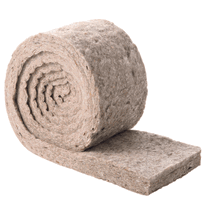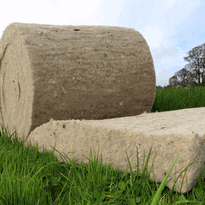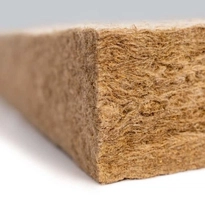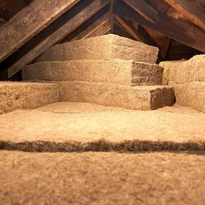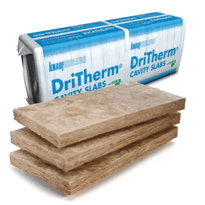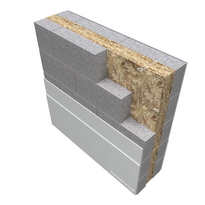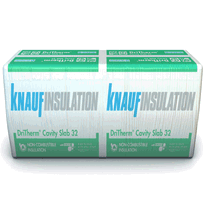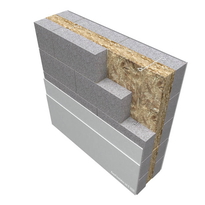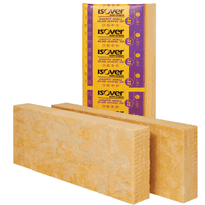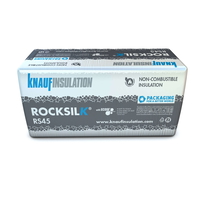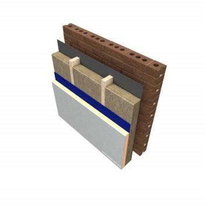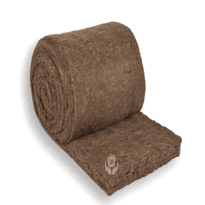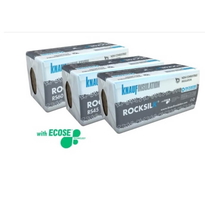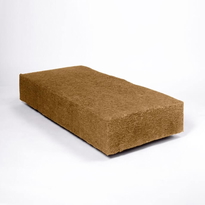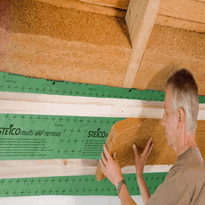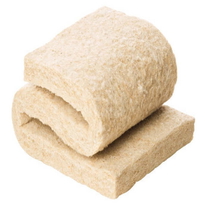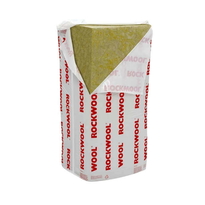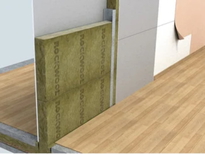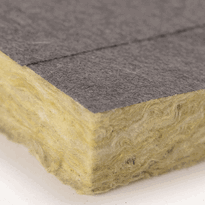Understanding Breathable Internal Insulation and Its Benefits
Understanding breathable internal insulation is essential for effective wall insulation, particularly in maintaining the structural health and energy efficiency of a building. This type of insulation allows moisture within walls to escape, reducing the risks of damp, mould, and structural deterioration. [Breathable materials](https://nef.org.uk/internal-vs-solid-wall-insulation-which-is-right-for-my-property/), such as natural fiberboards and mineral wool, facilitate this process by allowing water vapour to pass through them. It's especially important for permeable wall types that can trap moisture if non-breathable materials are used. Traditional insulating materials such as polystyrene and foam tend to trap moisture, which can lead to long-term damage. In contrast, breathable options help preserve the integrity of the wall fabric over time, ensuring that walls remain dry and healthy. Although installation of breathable internal insulation may involve higher initial costs and potential disruption, the benefits are significant. These include improved energy efficiency, better moisture management, and increased durability of the building structure.
Key Materials Used in Breathable Wall Insulation
A variety of materials are used in breathable wall insulation systems, each offering specific advantages related to thermal performance, moisture management, and environmental impact.
Mineral wool, made from natural minerals such as basalt or slag, provides excellent thermal and acoustic insulation while allowing moisture to pass through. It's non-combustible, enhancing the fire safety of buildings.
Glass wool, composed of spun glass fibres, offers good breathability and thermal efficiency. However, it tends to be less stable over time and is often used in loft spaces or stud walls.
Wood fibre insulation boards, derived from renewable wood fibres, help to regulate indoor humidity and effectively store heat. One consideration with this material is that it can increase the thickness of the wall, which may impact space planning.
Sheep wool, being a natural and biodegradable material, naturally controls humidity and temperature within a building. It also offers resistance to pests and mould, making it suitable for use in breathable internal insulation systems.
These materials collectively improve ventilation, moisture control, and energy efficiency in breathable wall insulation systems, contributing to healthier indoor environments and sustainable building practices. [Their breathability](https://www.energy.gov/energysaver/types-insulation) ensures that moisture can escape, reducing the risk of mould and structural damage over time.
Factors to Consider When Installing Breathable Internal Insulation
Proper installation of breathable internal insulation requires careful consideration of several critical factors to ensure its effectiveness and long-term performance.
Firstly, managing wall moisture and vapour is essential; the insulation must allow vapour to escape, preventing interstitial condensation and dampness, which can cause damage to walls. Ensuring that the wall surface is flat and correctly prepared facilitates proper fitting. Additionally, airtight membranes should be avoided to preserve breathability.
Junctions, including around windows and doors, require precise detailing to prevent moisture ingress while maintaining adequate airflow.
Compatibility with existing wall materials, especially in historic buildings, is vital to avoid trapping moisture and causing deterioration.
The thickness of the insulation should be balanced against internal space considerations. It should also be designed in conjunction with compatible surface finishes.
Additionally, effective ventilation strategies help to regulate internal humidity levels and prevent dampness.
Conclusion
Breathable internal insulation for solid walls provides an effective means of enhancing thermal performance while preserving the wall’s structural and breathable qualities. Selecting appropriate materials, employing correct installation techniques, and carefully considering the specific characteristics of the building are crucial to achieving optimal results. Professionals should evaluate the condition of the wall, address moisture management concerns, and ensure the compatibility of insulation materials before proceeding. By following these guidelines, the insulation will function effectively, delivering durability, improved energy efficiency, and moisture regulation, all without compromising the wall’s integrity or breathability.
